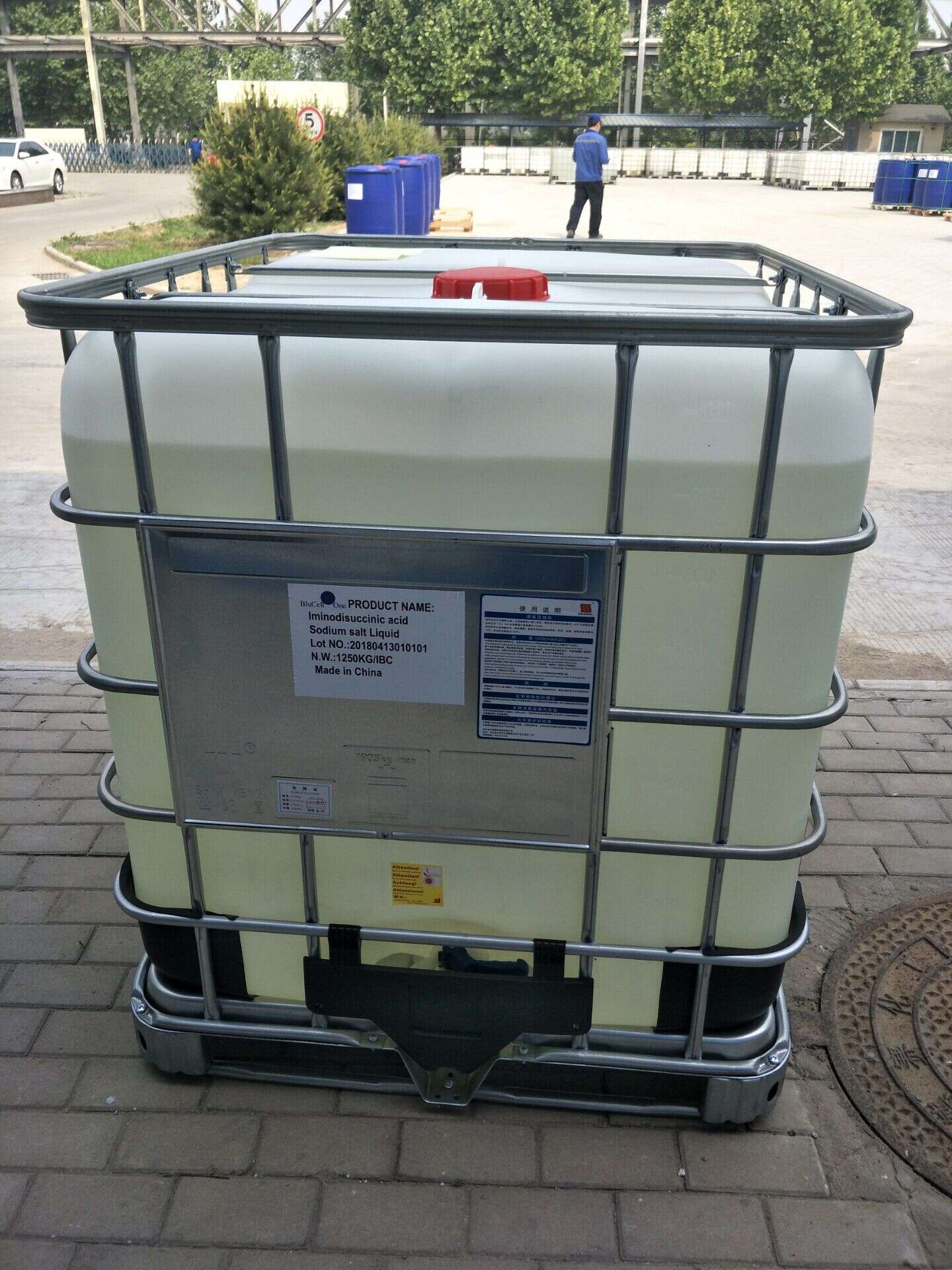-
Categories
-
Pharmaceutical Intermediates
-
Active Pharmaceutical Ingredients
-
Food Additives
- Industrial Coatings
- Agrochemicals
- Dyes and Pigments
- Surfactant
- Flavors and Fragrances
- Chemical Reagents
- Catalyst and Auxiliary
- Natural Products
- Inorganic Chemistry
-
Organic Chemistry
-
Biochemical Engineering
- Analytical Chemistry
-
Cosmetic Ingredient
- Water Treatment Chemical
-
Pharmaceutical Intermediates
Promotion
ECHEMI Mall
Wholesale
Weekly Price
Exhibition
News
-
Trade Service
Kenneth Juster, U.
S.
ambassador to India, said cross-border electricity trade in South Asia is expected to double to 5,000 megawatts
given increased demand.
Cross-border electricity trade in South Asia will double to 5 GW by 2020
"Currently, the South Asian region has about 2,500 megawatts of electricity trading volume, and this number is expected to double
by the end of 2020.
" Juster delivered a special speech
at the opening of the Regional Conference on Enhancing Energy Cooperation and Integration in South Asia.
Juster added: "South Asia has abundant and diverse energy resources, especially hydropower and renewable energy
.
With the rapid growth of energy demand in all countries in the region, there are great
opportunities for regional development and interconnectedness through cross-border electricity trade to optimize available energy resources.
”
He added: "I applaud all my colleagues in the region for joining this regional grid integration initiative
.
The United States is proud to work with nations to ensure energy security, expand prosperity, and promote the rules-based order
in South Asia.
”
The two-day conference celebrated the achievements of the USAID-funded South Asia Regional Energy Integration Initiative (SARI/EI) over the past six years
.
The conference brought together more than 100 participants, including senior officials from South Asian countries, policymakers, energy experts, think tanks and multilateral banks, to discuss and review a roadmap
for a more integrated energy network in South Asia.
In his keynote speech, Minister of Electricity RK Singh highlighted the opportunities for cross-border power trade cooperation: "Electricity trade will help share competitive advantages and will bring about lower
electricity prices for everyone in the region.
We have seen the benefits of electricity trade bilaterally, and we must now expand regionally and must move forward together on a difficult journey
.
”
In a special speech, Ali Haider Altaf, Director of Energy at the Secretariat of the South Asian Association for Regional Cooperation (SAARC), listed various initiatives
taken by SAARC to improve energy integration in the region.
,
Kenneth Juster, U.
S.
ambassador to India, said cross-border electricity trade in South Asia is expected to double to 5,000 megawatts
given increased demand.
Cross-border electricity trade in South Asia will double to 5 GW by 2020
Cross-border electricity trade in South Asia will double to 5 GW by 2020"Currently, the South Asian region has about 2,500 megawatts of electricity trading volume, and this number is expected to double
by the end of 2020.
" Juster delivered a special speech
at the opening of the Regional Conference on Enhancing Energy Cooperation and Integration in South Asia.
Juster added: "South Asia has abundant and diverse energy resources, especially hydropower and renewable energy
.
With the rapid growth of energy demand in all countries in the region, there are great
opportunities for regional development and interconnectedness through cross-border electricity trade to optimize available energy resources.
”
He added: "I applaud all my colleagues in the region for joining this regional grid integration initiative
.
The United States is proud to work with nations to ensure energy security, expand prosperity, and promote the rules-based order
in South Asia.
”
The two-day conference celebrated the achievements of the USAID-funded South Asia Regional Energy Integration Initiative (SARI/EI) over the past six years
.
The conference brought together more than 100 participants, including senior officials from South Asian countries, policymakers, energy experts, think tanks and multilateral banks, to discuss and review a roadmap
for a more integrated energy network in South Asia.
In his keynote speech, Minister of Electricity RK Singh highlighted the opportunities for cross-border power trade cooperation: "Electricity trade will help share competitive advantages and will bring about lower
electricity prices for everyone in the region.
We have seen the benefits of electricity trade bilaterally, and we must now expand regionally and must move forward together on a difficult journey
.
”
In a special speech, Ali Haider Altaf, Director of Energy at the Secretariat of the South Asian Association for Regional Cooperation (SAARC), listed various initiatives
taken by SAARC to improve energy integration in the region.
,






